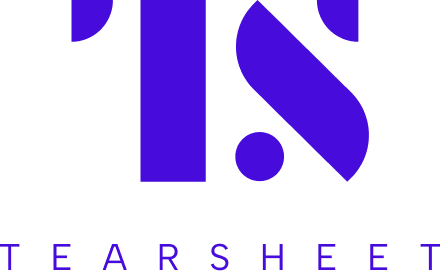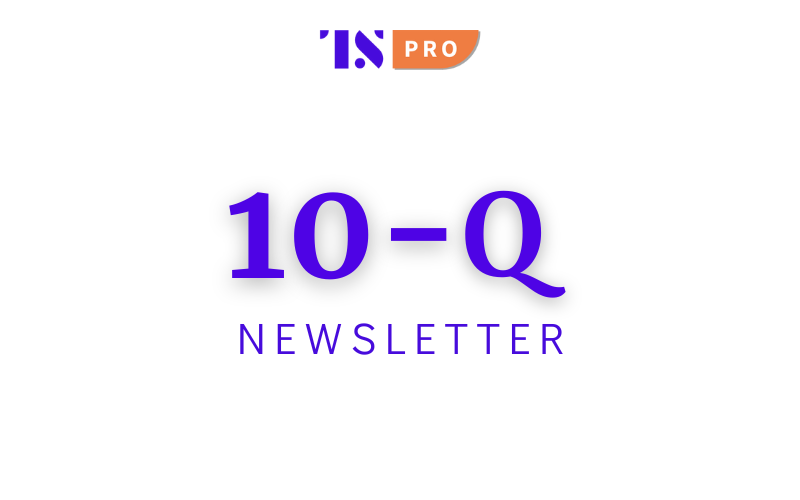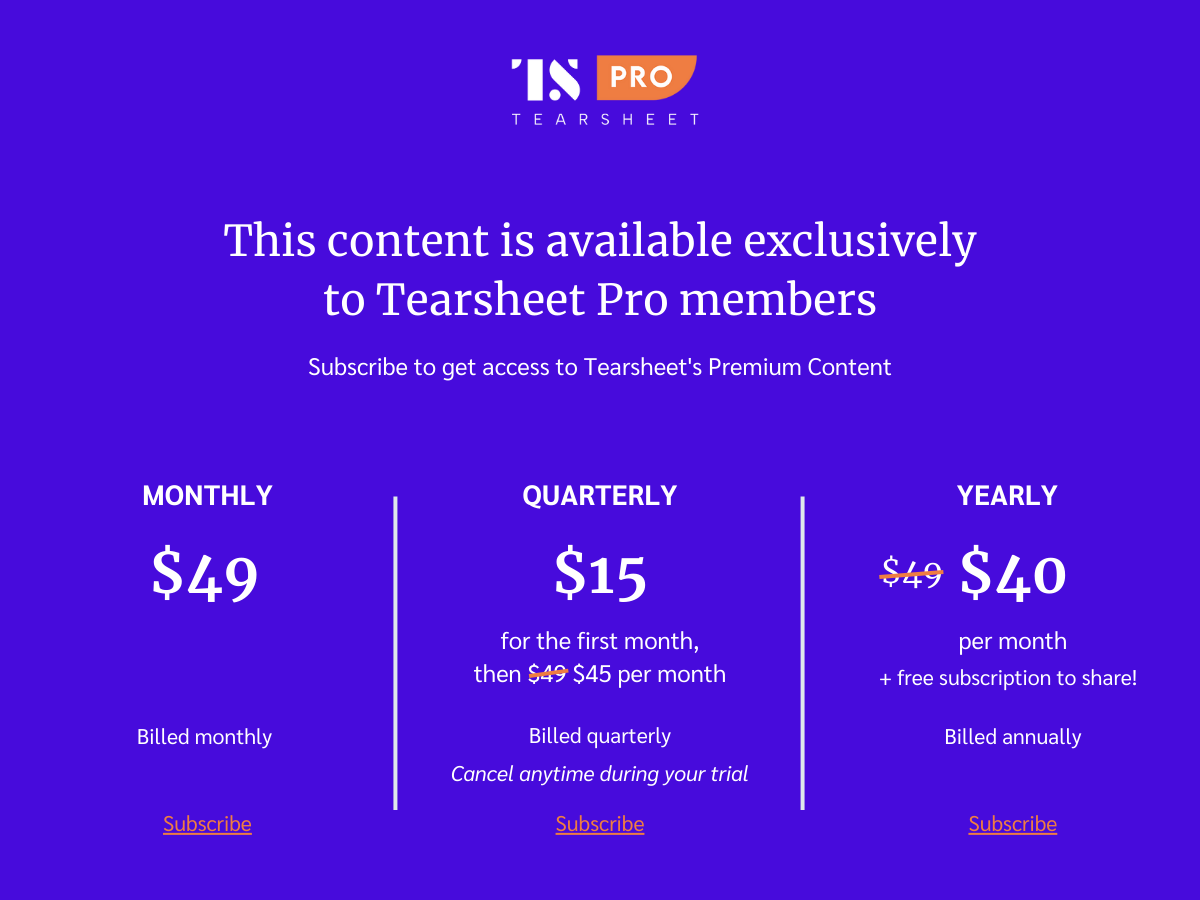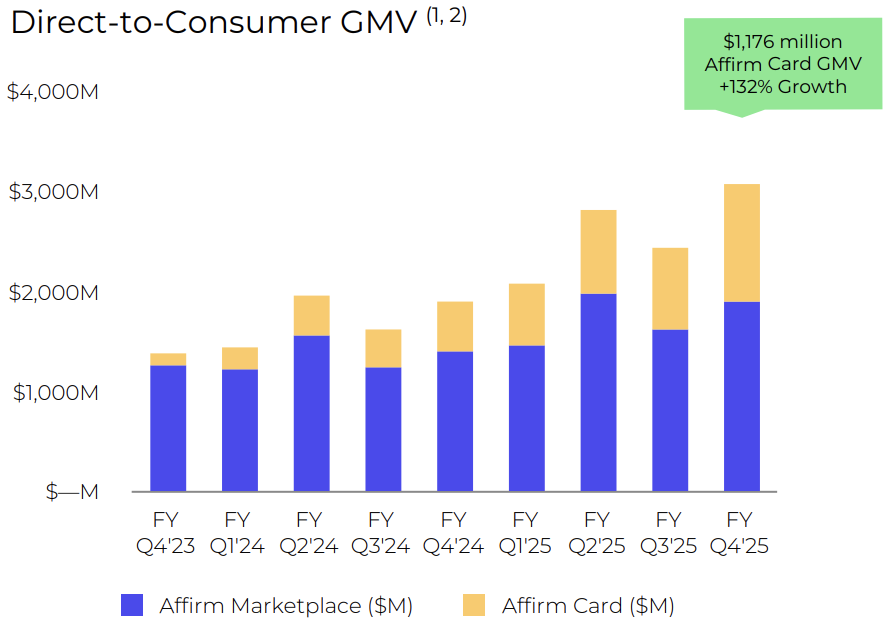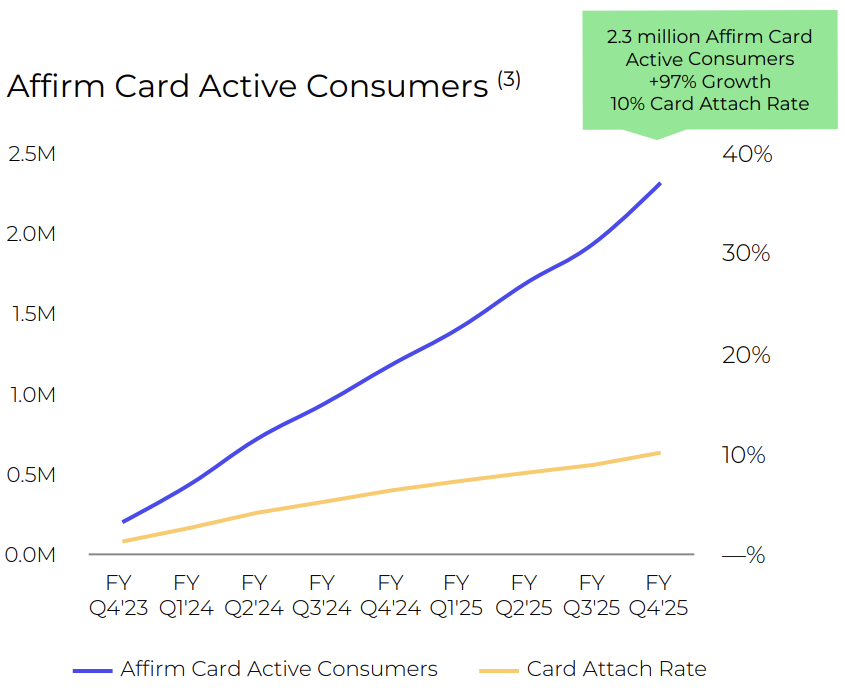The industry is starting to act like rate tailwinds are no longer guaranteed… because they’re not.
Main takeaways from today’s Edition: Big banks are expanding their focus from a credit-first approach to infrastructure-focused moves.
A few of this week’s notable earnings highlights:
- J.P. Morgan Chase: $14.4B in Q3 profit; payments revenue up 13% YoY, leaning on network scale and capital discipline.
- The Bank of New York Mellon: $1.34B in profit; fee income dominates, signaling its growing role as the institutional back office.
- Citigroup: $3.8B in profit; treasury and trade solutions up 7% YoY as its restructuring tilts toward core transaction banking.
Writer’s Take:
- Infrastructure is the new growth engine. Some of the biggest US banks are shifting their bets from lending booms to owning the financial plumbing.
- The common thread among all three of these major banks is prioritizing payments, servicing, and transaction flows over pure lending growth.
- Trendline points to fee-based revenue resilience, operational efficiency, and a race to own the rails of global finance. Less talk about rate windfalls, more about rails and recurring flows.
For the better part of two years, the story of America’s largest banks has been consistent: net interest income swelling on the back of higher rates, resilient consumers, and sturdy balance sheets. But Q3 2025 marked a different pattern.
This quarter was about how the biggest financial institutions are deliberately repositioning themselves for a landscape where rate tailwinds alone may no longer do the heavy lifting.
The headline numbers from J.P. Morgan Chase, The Bank of New York Mellon, and Citigroup were strong, but the subtext was even solid: strategic capital deployment, infrastructure modernization, and measured credit vigilance are now front and center.
This quarter, Wall Street stopped coasting on macro and started working on what comes after it.
…
